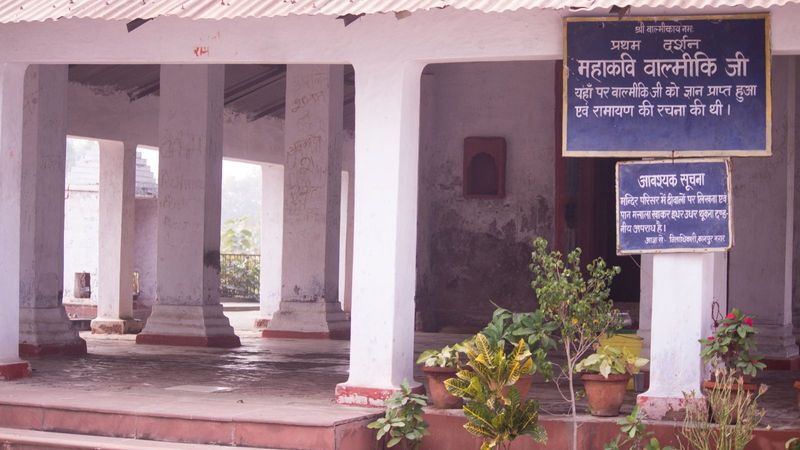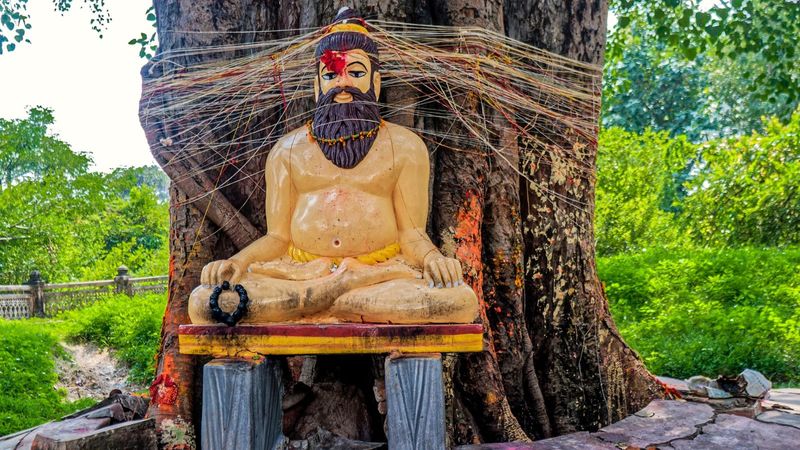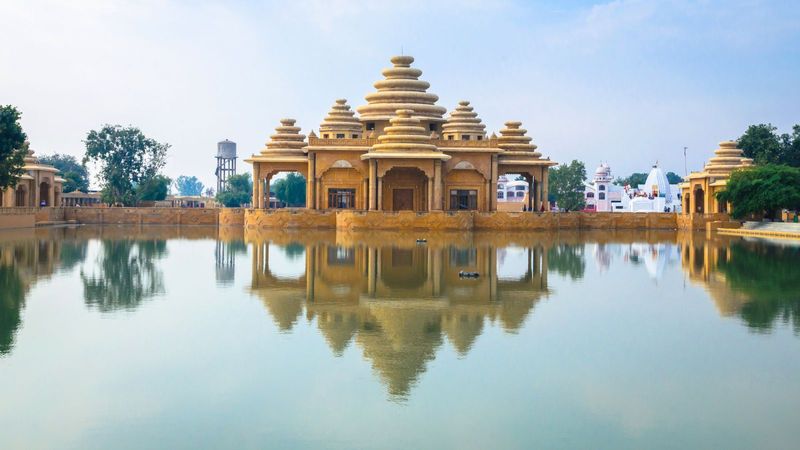The Balmiki sect of Hinduism observes the yearly festival of Pargat Diwas, also known as Valmiki Jayanti, to mark the anniversary of the birth of the legendary Indian philosopher and poet Valmiki, born in 500 BCE. The event is held on the full moon (Purnima) of the month Ashwin, which is usually in late September or early October according to the Indian lunar calendar.
Maharishi Valmiki History

In addition to being regarded as the embodiment of divinity by followers of the Balmiki sect, Maharishi Valmiki is renowned in India for penning the epic poem Ramayana. A prominent figure in the Ramayana is the monk Maharishi Valmiki, who takes in the exiled queen Sita and her twin boys, Lava and Kusha, and trains them in the ways of the faith. In ancient Indian poetry, the "epic metre" is said to have originated with Valmiki. The poem's verses are structured in memorable rhyming couplets, which implies that it was written to be recited aloud, a typical practice in India.
In the Shobha Yatra processions, which take place on Pargat Diwas, members of the Balmiki sect carry statues of Valmiki—usually shown as a monk with saffron-coloured robes and a pen and paper—along with devotional singing from the street.
Maharishi Valmiki in Ramayana and other Hindu epics

Legend says that Maharishi Valmiki met him while Lord Rama was in exile. After Lord Rama exiled Sita from Ayodhya, he rescued her and gave her sanctuary. She gave birth to Luv and Kush, twins, at his ashram. Ramayana, consisting of seven cantos and twenty-four verses (shlokas), was taught to them by the great sage when they were children.
It is also often believed that in his youth, Maharishi Valmiki was known as Ratnakar and worked as a highway dacoit. Before meeting Narad Muni, who turned him into a devoted follower of Lord Rama, he was a thief and murderer. He received the name Maharishi Valmiki after a celestial voice told him his penance had been fruitful after years of meditation. He became famous as Adi Kavi, the first poet to write in Sanskrit, and was worshipped as such. Even now, Hindu followers still recite his writings, particularly the vast epic.
- Part in the Ramayana: Lord Rama's death at the hands of Ravana, commemorated as Dussehra, and Rama's return from exile, commemorated as Diwali, are both mentioned in the Ramayana, penned by Maharishi Valmiki.
- Part in the Mahabharata: Maharishi Valmiki went to see Yudhisthira with other wise men following the Mahabharata war. One of the many benefits of worshipping to Shiva, as Maharishi Valmiki explained to Yudhisthira, is that he may wash away sins.
- First Shloka by Maharishi Valmiki: The first poet, or 'Adi Kavi', was Valmiki. He authored the first shloka and the first poem, the 24,000-verse Ramayana. In his first shloka, Maharishi Valmiki expresses his anguish and fury at a hunter for killing a pair of cranes.
How do we celebrate Maharishi Valmiki Jayanti?

The Hindu community in India celebrates Valmiki Jayanti with much jubilation.
- Being a part of a Shobha Yatra entails following a local parade while carrying an idol of Valmiki. During the yatra, devotees recite shlokas and other devotional hymns.
- The Ramayana is recited in honour of Valmiki whenever it is spoken.
- Travelling to Temples—Throughout the nation, people visit the temples of Valmiki to pay their respects and offer prayers. Devotees adorn the sage's temples with lights and flowers, provide free food, and say prayers.
Amritsar, Punjab is home to a revered historic landmark that goes by the name Bhagwan Valmiki Tirath Sthal. Legend has it that this is where Valmiki once lived and where he gave Sita sanctuary. Here are Luv and Kush, the kids of Lord Rama and Sita, born into this world.


_1728263583981_thumb_1200.jpeg?w=3840&q=75)
_1705404873361_thumb_300.jpeg)